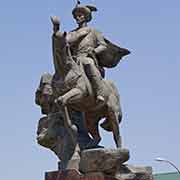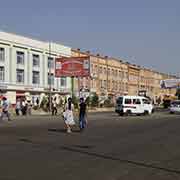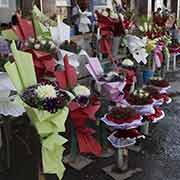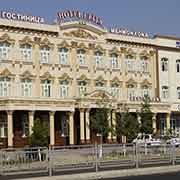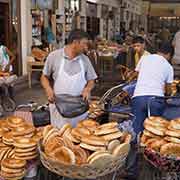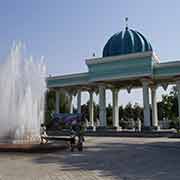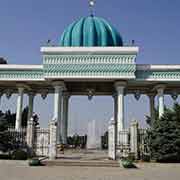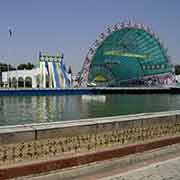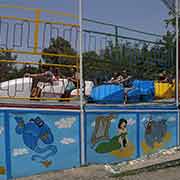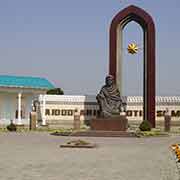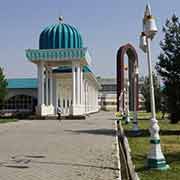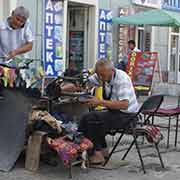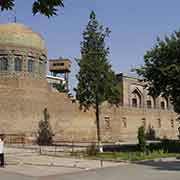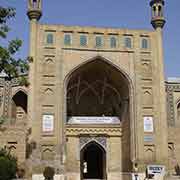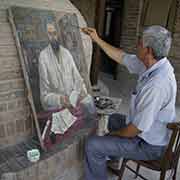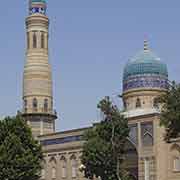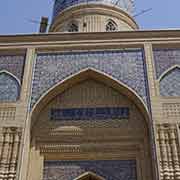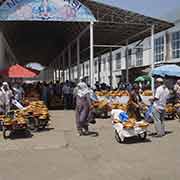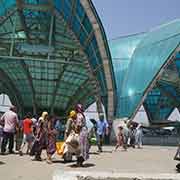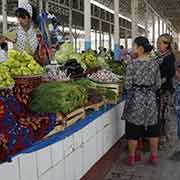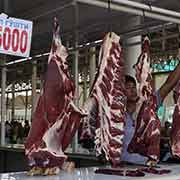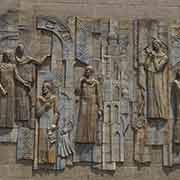Photos of Andijan, in the eastern Fergana Valley, Uzbekistan
Andijan, in the eastern Fergana Valley
Andijan (Andijon in Uzbek) is one of the oldest cities in the Fergana Valley, in the east, near the border with Kyrgyzstan, with a population of around 350,000. It used to be an important city on the Silk Road and archeological studies have concluded it was occupied at least since the 7th century. In 1483 Zakhiriddin Mohammad Babur was born here; Babur was an outstanding writer, poet, and scholar, a talented military leader and statesman who succeeded in laying the basis for the Mughal dynasty in the Indian Subcontinent and becoming the first Mughal emperor. During this time art and culture flourished in the city.
you may then send it as a postcard if you wish.
The Khanate of Kokand was established in 1709 when Shahrukh Khan, ruler of the Uzbek Ming tribe, declared independence from the Khanate of Bukhara in the eastern part of the Fergana Valley with Andijan as its capital; the capital was moved to the city of Kokand, further west, in 1740. In 1876 the Russians conquered the Khanate of Kokand including the city of Andijan. There was an uprising against the Russians in 1898 by the followers of Sufi leader Madali Ishan: 22 Russians were killed. The Russians hanged 18 participants and exiled hundreds. A earthquake destroyed much of the city on 12 December 1902. In 1917 Soviet rule was established and the city became an industrial centre.
After the fall of the Soviet Union there was a severe economic decline, with poverty and Islamic fundamentalism producing tension; and because there was now an international border between Uzbekistan and Kyrgyzstan, repeatedly closed, this badly damaged the local economy. On 13 May 2005 hundreds died when Uzbekistan’s military opened fire on a mass of people demonstrating against their poor living conditions and their corrupt government. The exact number of people killed has not been established; many of the victims were hidden in mass graves. The government, that initially blamed Islamic fundamentalists now acknowledge that poverty and popular resentment against the poor economic conditions played a role.
Andijan today remains an important industrial city in independent Uzbekistan. There are 48 large industrial plants and about 3,000 small and medium enterprises in the city. About 25 kilometres south is Asaka, the site of GM Uzbekistan, the first automobile assembly plant in Central Asia.



